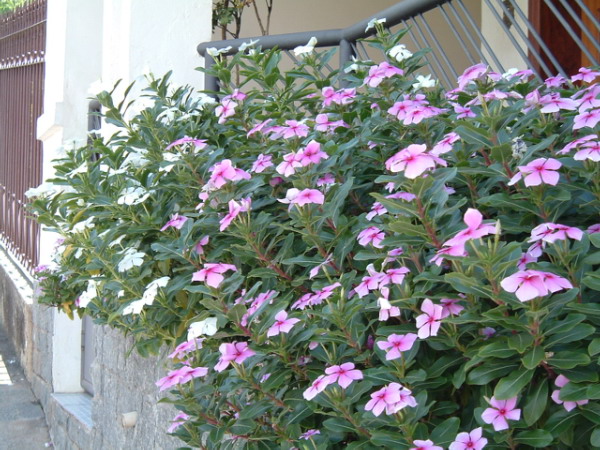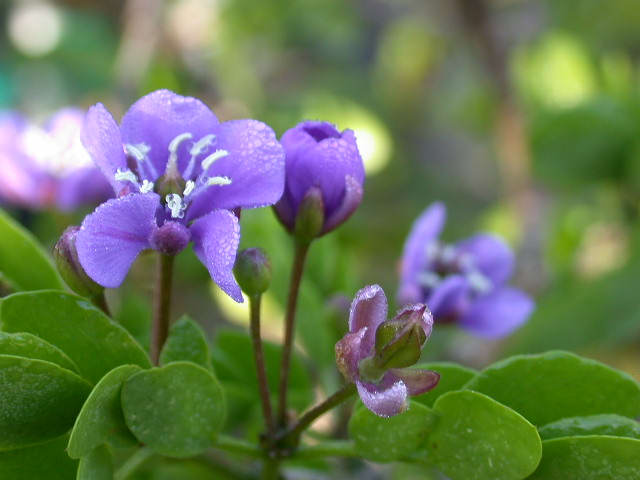Few people who visit the
Bahamas ever hear of Potter’s Cay, though many pass within a few yards of it each time that they are whisked off Paradise Island in one of those ridiculous white stretch limos that are so popular in Nassau. Where Paradise Island is fabricated Caribbean perfection -- massive casino, glitz and high-rise hotels -- Potter’s Cay is its alter-ego, a shabby looking area of working docks beneath the bridge.
Potter’s Quay is the main mail-boat dock that links the central Bahamian island of New Providence, where the capital Nassau is situated, to all the Out Islands, the literally hundreds of islands, ribbons of rock and sandbars spread over 100,000 square miles of the spectacularly blue Bahamian sea. After Nassau it is a reminder that real West Indian life does exist in the
Bahamas after all.
The mailboats are the Out Islanders’ lifeline. Pretty much every tea-bag, breeze-block, can of condensed milk and car that reaches them is transported this way. And that’s not to forget the mail of course, some of which also travels by sea. They also take passengers if requested, which makes a novel way of travelling around the islands. As many of them travel overnight, you even get a cheap (well, comparatively, it is the
Bahamas) bunk for the night.
With a departure scheduled for 5pm I was a little panicked when Bahamas Air thrummed into Nassau Airport two hours late, at five minutes to five. But this is the
Bahamas. When I finally pitched up, Bahamas Daybreak III, 120 foot long, destination Governor’s Harbour and Rock Sound in Eleuthera, was still surrounded by piles of cargo.
There was all the chaos of the dock: shouts of instruction, jokes and high five greetings and in the background a small stereo screaming tinny dancehall rap -- Murderer! A fork lift truck beetled back and forth lifting pallets on board, which were then shunted or hefted by men: bread in crates, breezeblocks, bags of cement, tile grout and kitty litter, tinned fruits from
Trinidad, sacks of iodised salt, industrial boxes of M&Ms, slabs of Sprite. There were pot plants, films for the cinema (Black Hawk Down, Snow Dogs), private packages for Eric Cooper and Mr Hesley Johnson, and bags of onions, asparagus tips and boxes of wine for the hotels. The mailboats have been known to take coffins and even a horse or two, but tonight’s most exotic charge, swinging beneath the bow-crane, was a Bahamas Police Jeep – its motto Courage, Integrity, Loyalty stamped on its door.
Loading was clearly going to continue for some time yet. I headed off to grab some food, passing boats headed for Exuma, Bimini (Hemingway’s hangout in Islands in the Stream) and the delightfully named Ragged Island. Under the stanchions of Paradise Island bridge are a line of stalls selling fried fish and the local speciality cracked conch. Conch comes out of its shell, a bit like a dalek, as a rubbery handkerchief with a claw. It is tough so it is battered (with a hammer) and then battered again (with batter) before being deep fried and served with hot pepper sauce.
Eventually Bahamas Daybreak III left, in darkness, just a couple of hours late. We glided past the sailing yachts, fishing boats and the gin palaces into the open sea, leaving the Paradise Island high-rises behind. A full moon lit the calm sea up for miles around.
The captain allowed me up into the wheelhouse, where there was a bank of machines, radar, gps, depth sounders, automatic pilot. When I asked about the weather he paused and looked at the sky. I was poised for a nugget of sailor’s wisdom, for a moment:
‘Ah doan know. Mi didn’ look at de forecast.’
It looked pretty flat anyway.
He described the route, following a string of romantic sounding ‘cays’: Rose Island, Booby Rocks, Samphire, Six Shilling… The whole trip crossed the Great Bahama Bank, where the sea is never more than about 30 feet deep. It is also drug and desperation territory. One mailboat captain, cruising along on a pitch black night, actually sliced a boat of Haitian refugees in half. In their bid to reach America undetected they were travelling overloaded, without lights.
We docked before first light and the unloading began. The dock at Governor’s Harbour was soon littered with piles of goods. At dawn the shop-owners, hotel managers and private individuals expecting packages appeared, loaded their pick-ups and sped off. The bread truck arrived. Mr Hesley Johnson’s boxes sat for a while and then were gone. One man cussed the captain for bringing the wrong cargo and another searched the boat for a door-frame that simply wasn’t there. By nine the dock was nearly clear and Bahamas Daybreak III was on its way to Rock Sound in the south of the island.














.jpg)
















